Characteristics of Norwegian Spruce (Picea abies)

Norwegian Spruce or European Spruce (Picea abies) is an evergreen species native to Northern, Central, and Eastern Europe. This tree has branches that are usually downward, and the largest cone of all spruce trees. It is very closely related to the Siberian Spruce (Picea obovata), which replaced it in the east of the Ural Mountains.
This tree is widely grown for timber or as an ornamental tree in gardens and is the species used as the main Christmas tree in several countries around the world.
The Norwegian spruce is one of the most widely cultivated evergreen trees, both inside and outside its native region, and one of the most economically important coniferous species in Europe.
In North America, the Norwegian Spruce is planted widely, especially in the northeastern states, the Pacific Coast, the Rocky Mountains, as well as in southeastern Canada. It’s also naturalized in parts of North America, from Connecticut to Michigan, and likely elsewhere.
Characteristics of Norwegian Spruce Leaves
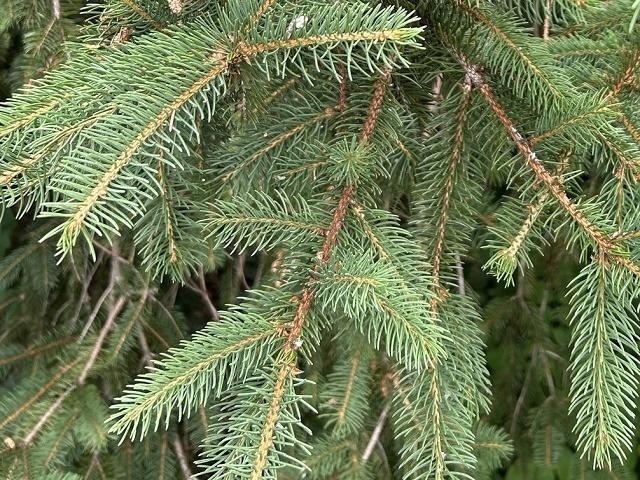
The leaves are needle-like tips and are blunt, 12-24 mm long, and dark green.
Characteristics of Norwegian Spruce Fruit
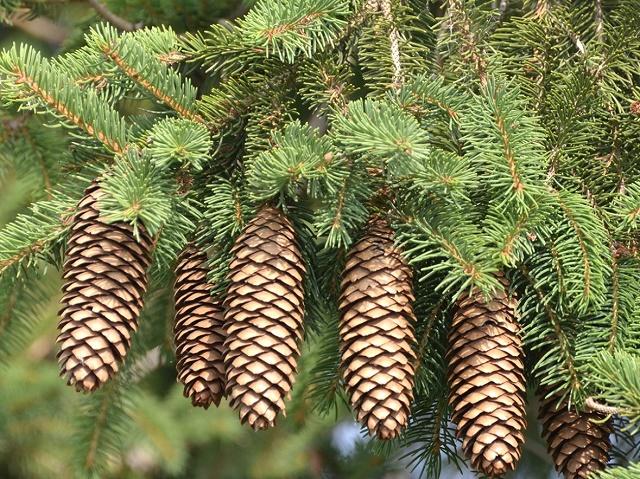
The cone is 9-17 cm long and has the tip of sharp triangular scales. They are green or reddish when young, and turn dark brown (5-7 months after pollination) when ripe.
The seeds are black, 4-5 mm long, light brown, and each seed has 15 mm wings.
Characteristics of Norwegian Spruce Tree
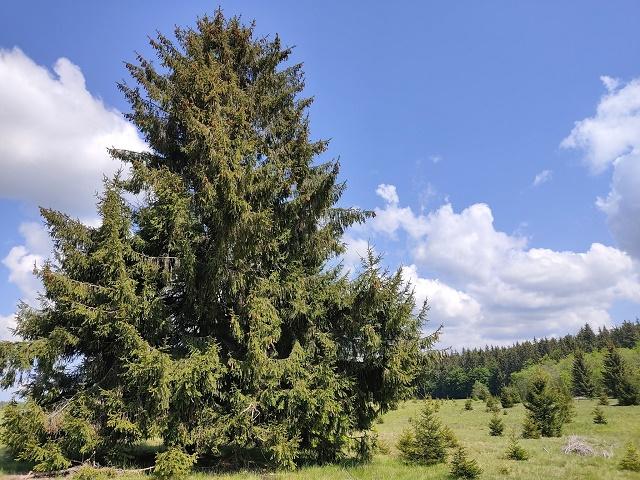
The Norwegian spruce is fast-growing and can be up to 50 meters tall and up to 1-1.5 meters in diameter. When this tree is young, it has a growth of 1 meter per year for the first 25 years in good environmental conditions but slows down after 20 meters.
There are many cultivars of Norwegian Spruce of all sizes and shapes, from a tall, very slow-growing tree to a short, bushy shrub. Five cultivars that have received the Royal Horticultural Society’s Award of Garden Merit:
- Picea abies ‘Acrocona’
- Picea abies ‘Clanbrassiliana’
- Picea abies ‘Inverse’
- Picea abies ‘Little Gem’
- Picea abies ‘Nidiformis’
The Norway Spruce, named Old Tjikko, is the only living tree on earth. In a press release from Umeå University, Old Tjikko is said to be at least 9,550 years old.
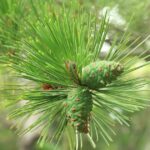


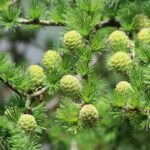
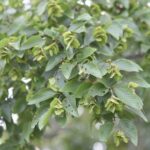
Leave a Reply